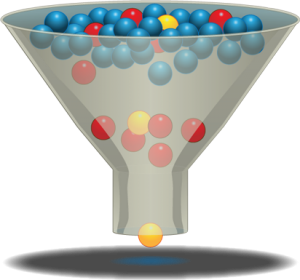7 Tips on How to Make Marketing Automation More Personable (Part 2)
 Our previous post, 7 Tips on How to Make Marketing Automation More Personable (Part 1), shared three tips on how to make marketing automation more personable. Here’s the follow up to that article with four more useful tips to drive your marketing automation strategy.
Our previous post, 7 Tips on How to Make Marketing Automation More Personable (Part 1), shared three tips on how to make marketing automation more personable. Here’s the follow up to that article with four more useful tips to drive your marketing automation strategy.
Here are the last 4 of 7 tips on how to make marketing automation more personable:
4. Create Informative and Relevant Content
After leads are segmented, marketers can create personalized content that is relevant for each lead segment. This content should be focused on the needs that were established during the lead profiling step.
5. Encourage Feedback and Participation
The key to obtaining new customers using any form of marketing is engaging and connecting with the lead. One way to make marketing automation more personable is through questionnaires and helpful popups. For example, if someone clicks on a page about “web design,” a popup could appear in the right-hand corner offering “10 tips to improve your website design” which leads to an informative and relevant article. Make sure to keep the popups subtle, so they always appear helpful instead of pushy.
6. Evaluate the Success of Lead Nurturing Content
A good marketing automation strategy should be constantly changing in an effort to improve upon its current level of success. It is important to use marketing metrics to weigh the success of every lead nurturing campaign and then use that information to modify anything that doesn’t appear to be really connecting with your potential consumers.
7. Stay Committed After the Sale
Marketing automation is designed to build trust because it is based on a lead’s needs and personalized attention towards addressing their concerns. Don’t lose these relationships after the sale by switching from nurturing to neglecting. It is necessary that you continue to offer valuable information and support after a purchase is made. Success comes from building and maintaining strong mutually-beneficial relationships. This type of full-circle attention is what will make the marketing automation process more personable.









